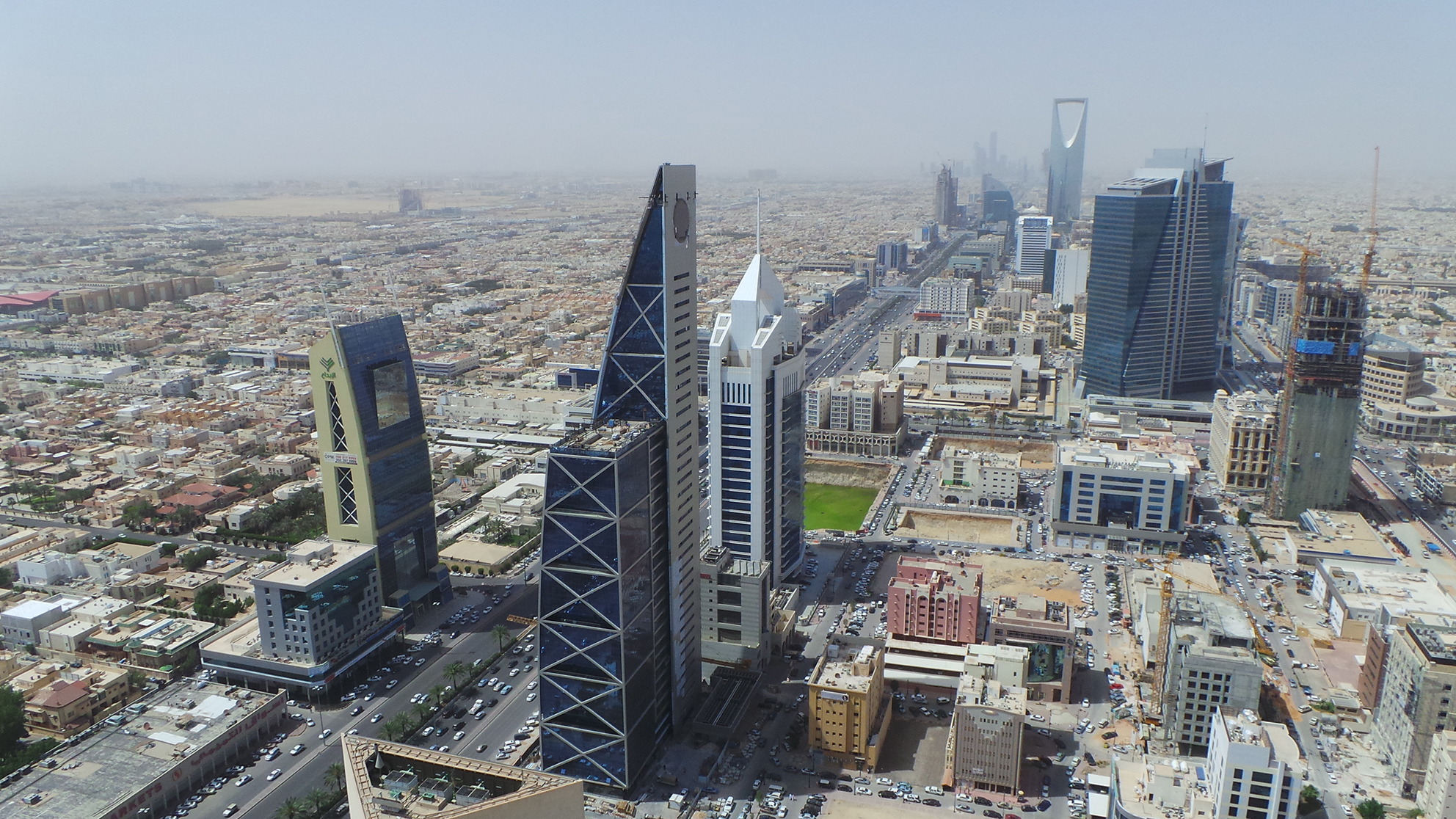The rent-based economy in Saudi Arabia has shown its limits since the drop of oil prices in 2014. Indeed, the country is potentially explosive: the current fiscal model is not sustainable, the geopolitical environment is increasingly hostile and the country has a rapidly growing population, of which 30% of 16-24 year olds find themselves unemployed. The economic choices in the years to come, and the success of the reforms announced by the government will be decisive for the survival of the regime.
For too long, Saudi Arabia’s economy has relied solely on oil for its revenues. Until 2014, oil exploitation was responsible for 90% of Saudi Arabia’s public revenues, 80% of its exports revenues and 40% of its GDP. But from 2014 to 2015, oil revenues dropped by 50%, and represented only 73% of the total revenues compared to 87% the year before, Eurasiareview reported.
In the meantime, the government didn’t reduce its expenses, not only because of its military interventions in Yemen and Syria, but also because of the outstanding individual premiums given by the government. Following the Arab Spring, the government has increased its social expenses in order to buy social peace.
To tackle the economic difficulties, Prince Mohammed Bin Salman announced, on the April 26, 2016, an ambitious set of reforms, titled “Vision 2030” that aimed at weaning the kingdom off oil by curbing public spending, diversifying the economy and attracting foreign investment.
The government is conscious of the necessity to reform the economic system, but will it be able to do it without causing social turmoil?
With a decline in social spending and a reduction in subsidies comes the risk of rising domestic turmoil, as highlighted by the Arab Spring in 2011. The risk is increased by the fact that half of the population is under 25, and 30% of young people are unemployed. This inactive youth is also among the most active in the world on the social media and might show their frustration through media outlets.
National Dissatisfaction
Saudi Arabia has shown pragmatism when it promised a 4.6% cut in oil production on November 30, 2016. This measure was necessary since its plan to modernize the economy and privatize Saudi Aramco, the state oil company, depends on oil prices. Paradoxically, Saudi Arabia needs higher oil prices to become less dependent on oil on the long term.
Other measures taken by the government include slashing salaries and cutting benefits for public sectors employees. It has also cut huge subsidies for fuel, water and electricity that encourage over-consumption. However, the sudden jump of water bills spurred national dissatisfaction and an outcry on social media.
The government also abruptly cut construction projects forcing contractors to fire workers who didn’t hesitate to set fire on buses in protests demanding months of back pay.
Saudization Vexed Businesses
However, investors are waiting for more meaningful changes, which imply conjectural reforms and a transformation of the social structures. In order to increase the presence of Saudi nationals in the labor market, the government is implementing a policy of Saudization particularly in the private sector.
For now, only 45% of jobs in Saudi Arabia are occupied by Saudis, and only 22% in the private sectors versus 67% in the public sector. Including them in the private sector is necessary to reduce unemployment, but also to cut public spending, since salaries in the public sector constitute the most expensive spending for the state.
The politics of Saudization has vexed businesses who are forced to employ Saudi nationals, who often lack the skills that employers want. Consequently, to meet the government quotas, some companies simply pay locals to stay at home.
Moreover, the increase of the population presents new challenges. Six million people are going to join the labor market from now until 2040. Thus, job creation in the private sector is necessary, to prevent a rise of unemployment and the subsequent risk of social tensions.
For now, the private sector does not offer enough good opportunities for the estimated 300,000 young people entering the work force each year, especially women. If nothing is done, the situation will become even more critical because of the important rise of the population.


